Social Emotional Learning Teaching Resources
Are you on the hunt for social emotional learning activities, printable PDFs and more to bring SEL to life in your elementary lessons this school year? The list of academic benefits of SEL instruction is a mile long, and the Teach Starter teacher team has created a robust collection of social and emotional learning resources made with teachers – and your students — in mind.
We've made planning your social-emotional learning lessons simple with printable SEL worksheets and digital social and emotional activities designed specifically for the needs of elementary school students. Each resource in this collection has undergone rigorous review by the expert teachers on our team to make sure you'll be comfortable passing them out in the classroom or sending them home in a student's backpack.
Pardon us if we're sharing something you already know (feel free to skip right to the social emotional learning activities!), but if you're new to incorporating SEL into your classroom, you may need a quick refresher! Read on for a guide from our teacher team, including a handy definition of social emotional learning, and ways to implement the five core competencies of SEL.
What Is Social-Emotional Learning? A Simple Definition
The most common social-emotional learning — or social and emotional learning — definition describes SEL as "the process through which all young people and adults acquire and apply the knowledge, skills, and attitudes to develop healthy identities, manage emotions and achieve personal and collective goals, feel and show empathy for others, establish and maintain supportive relationships, and make responsible and caring decisions."
What Are the Social Emotional Learning Core Competencies?
We know are definition is a bit of a mouthful, but essentially social and emotional learning covers the following five core competencies:
- Self-Awareness
- Self-Management
- Social Awareness
- Relationship Skills
- Responsible Decision Making

Where Did Social and Emotional Learning Come From?
Teachers have been teaching many of the skills that now fall under the social and emotional learning curriculum for centuries. It's always been our goal to help shape little minds to be caring, productive, and engaged citizens.
But the roots of what we now consider SEL can be traced back to a project in the New Haven, Connecticut schools where school administrators worked with Yale researchers, parents, mental health workers, and teachers to refocus not just the school's academic programs but their social ones too. The project started in the 1960s at two schools considered "underperforming," and by the 1980s, these same schools had academic scores that were at the top of the nation's rankings.
From there, the K-12 New Haven Social Development program was born, establishing a framework for incorporating social and emotional learning into the curriculum. Meanwhile, the non-profit Collaborative for Academic, Social, and Emotional Learning (CASEL) was born in 1994, helping to really bring the term "social and emotional learning" into the zeitgeist.
CASEL was born out of the New Haven projects and helped shape the official definition of SEL listed above in 1997. It now works to expand SEL in schools around the country.
Why Is Social-Emotional Learning Important?
Not sure you have time to fit all of this in alongside the state standards that you're preparing students to meet? A solid social and emotional learning curriculum will help students with everything from managing emotions and developing coping skills to setting positive goals, engaging in positive relationships, and solving problems effectively.
The importance of SEL is hard to overstate, but here are a few core benefits:
- Promote mental health and well-being — Teaching social and emotional lessons in the classroom can help students develop the skills they need to manage their emotions, build positive relationships, and cope with stress and challenges. It's a small step toward better mental health for all.
- Improve academic performance — There's strong research showing that students who have strong social and emotional skills are more likely to be engaged in learning and perform better academically.
- Create a positive classroom culture — Teaching social and emotional lessons can help create the kind of classroom culture where students feel safe, respected, and supported — exactly what we all strive for!
- Prepare students for life after school — Social and emotional skills are essential for success beyond the classroom, be it at home in the immediate future or in college or the workforce. Teaching these skills helps students be better equipped to handle the challenges they will face.
- Address specific social and emotional needs — Teaching social and emotional lessons can help address students' specific needs, such as building self-esteem, managing emotions, and developing empathy for others. This can also help to create a more inclusive and equitable classroom where all students feel respected and valued. It's also good for your overall classroom management.

How to Teach Social and Emotional Lessons
There's little question that there's value in social and emotional learning, but how do you actually teach it? There's no simple answer here, as the exact methodology will differ based on grade level, individual student needs, and even your classroom dynamics!
That said, here are some strategies from our teacher team to keep in mind as you consider how you're incorporating the components of SEL in your instruction:
- Modeling — This is likely no surprise — we are our students' role models in the classroom for so much. Don't underestimate the value of your own active listening, displays of empathy and self-regulation, and other skills that are essential for your students' social and emotional development.
- Classroom Culture — Establishing a safe and supportive learning environment where students feel respected, valued, and empowered goes a long way. Fostering a sense of community, promoting positive communication, and encouraging collaboration and teamwork are all helping kids build their SEL quotient!
- Integration — Of course, you can (and should) have explicit instruction on SEL, but you can also incorporate SEL concepts into your core subject lessons. Discuss emotions related to a character in a book or working on group projects that require collaboration and communication. If you're teaching math, emphasize the importance of perseverance and problem-solving skills. Teaching social studies? Discuss empathy and the ability to understand different perspectives. It all comes together!
- Plus Plan
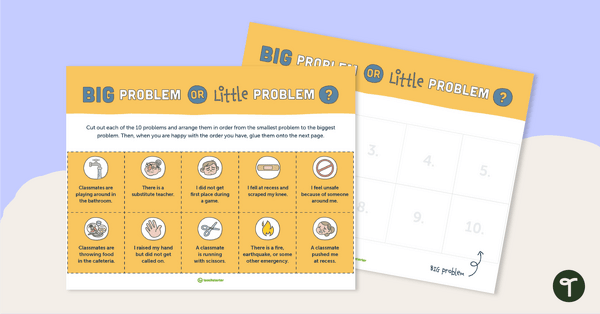
Big Problem or Little Problem? – Sorting Activity
A sorting activity for students to place situations in order from the littlest problem to the biggest problem.
- Plus Plan
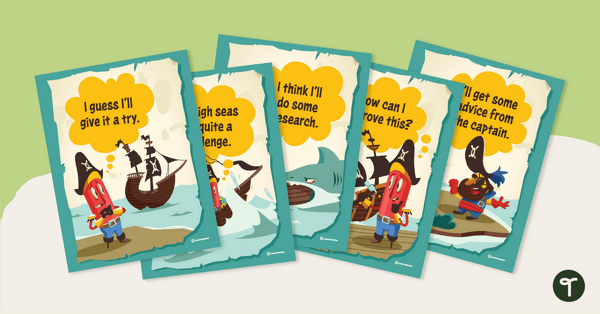
Growth Mindset Posters - Pirate Nope's Odyssey: It's Not Over Yet
Remind your students what a "can-do attitude" looks like in the classroom with this set of 8 posters.
- Plus Plan
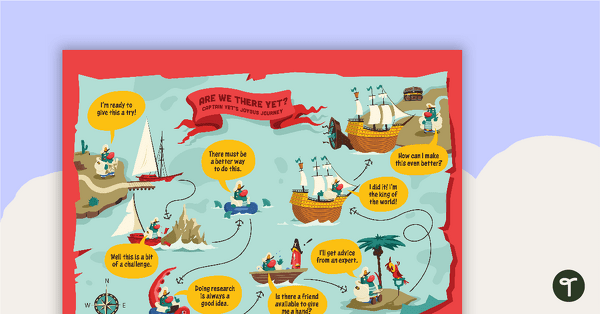
Are We There Yet? Captain Yet's Joyous Journey – Poster
A Captain Yet poster to help students learn more resourcefully and independently in the classroom.
- Plus Plan
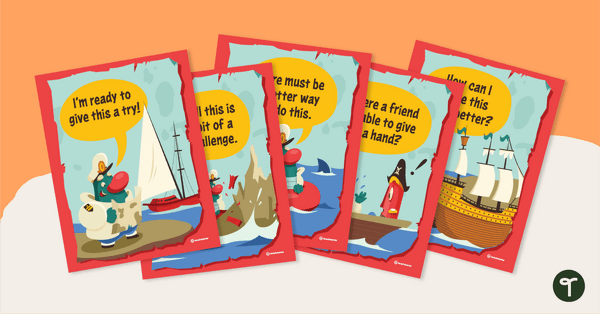
Growth Mindset Posters - Captain Yet's Joyous Journey
Remind your students what a "can-do attitude" looks like in the classroom with this set of 8 posters.
- Plus Plan
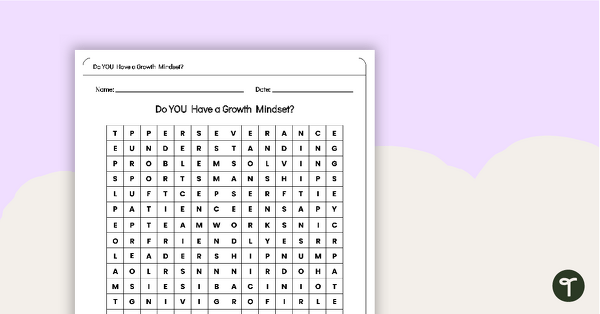
Do YOU Have a Growth Mindset? – Word Search
Use this word search activity to show students the qualities and characteristics of creating a growth mindset in the classroom.
- Plus Plan
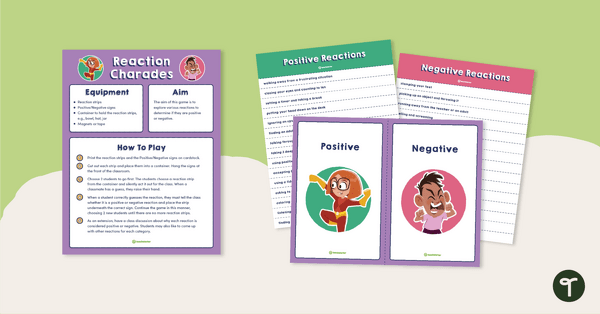
Reaction Charades
A fun game for students to explore positive and negative ways of reacting to situations.
- Plus Plan
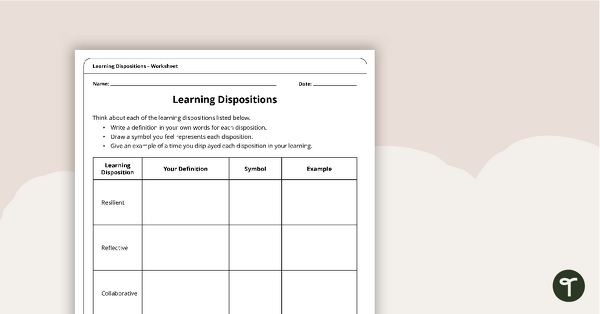
Learning Dispositions Worksheet – Upper Grades
Reflect on various learning dispositions with this student worksheet.
- Plus Plan
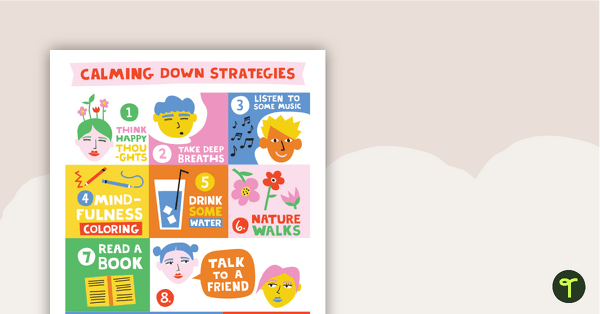
Calming Down Strategies Classroom Poster
Make calming down strategies easily accessible for your students with this classroom display poster.
- Plus Plan
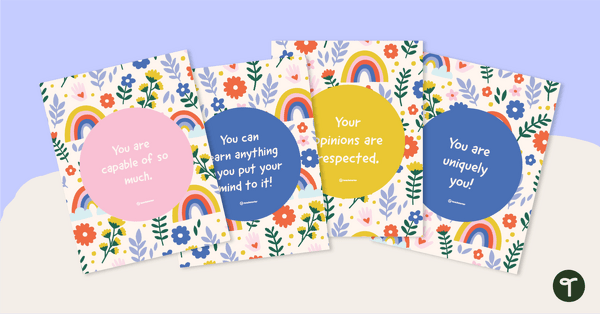
Affirmations - Classroom Display Cards
Brighten up your classroom and inspire your students with this set of 25 affirmation cards.
- Plus Plan
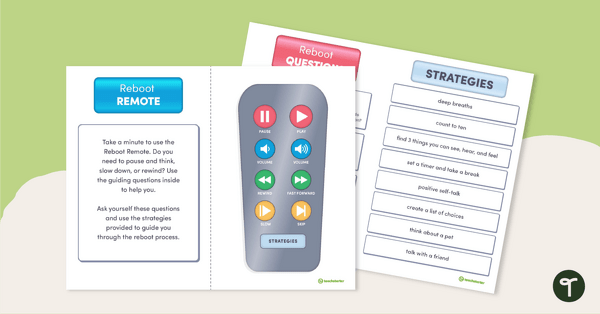
Reboot Remote
Help students work through tough situations with this remote control template.
- Plus Plan
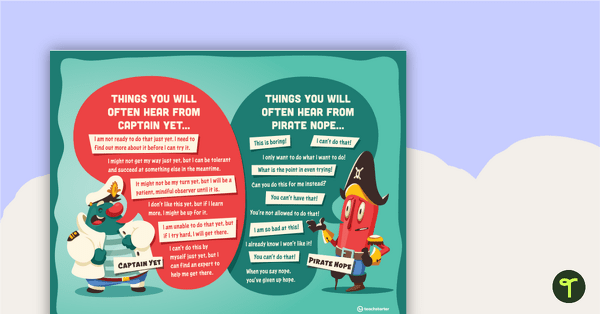
Growth Mindset-Themed Yet vs Nope Classroom Poster
Print a growth mindset-themed set of posters for your classroom that compare positive and negative learning attitudes.
- Plus Plan
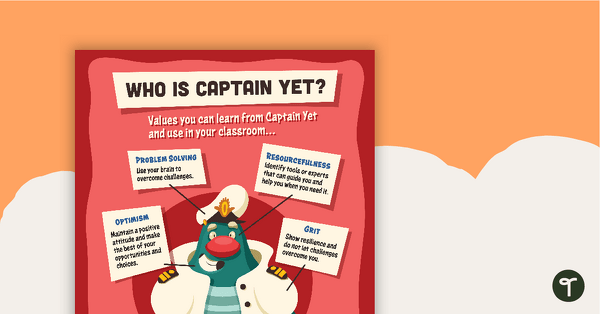
Captain Yet – Values Poster
A Captain Yet poster to help students focus on positive learning habits.
- Plus Plan
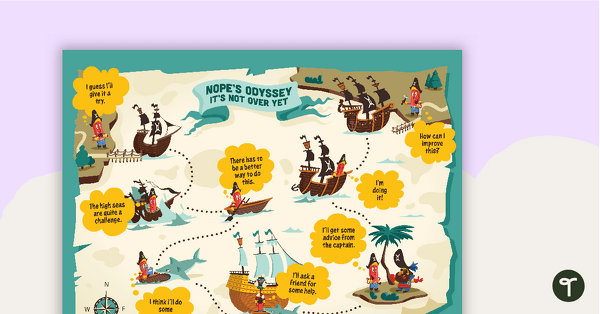
Captain Yet: Pirate Nope's Odyssey It's Not Over Yet – Poster
A Pirate Nope poster to help students learn more resourcefully and independently in the classroom.
- Plus Plan
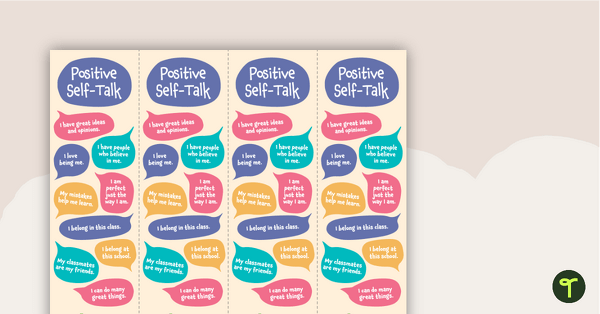
Positive Self-Talk Bookmark
A bookmark with positive self-talk affirmations.
- Plus Plan
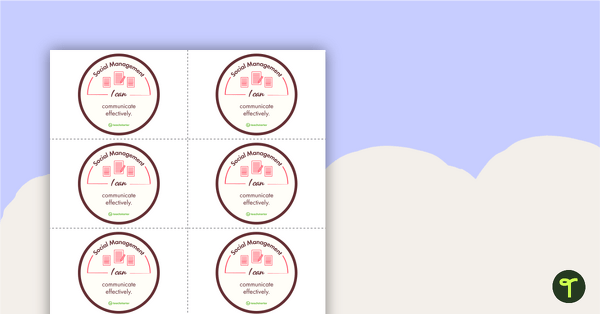
Social and Emotional Learning - Social Management Badges
A set of 12 badges to celebrate student development in social management.
- Plus Plan

Social and Emotional Learning - Self-Management Badges
A set of 8 badges that celebrate achievement in the area of self-management.
- Plus Plan
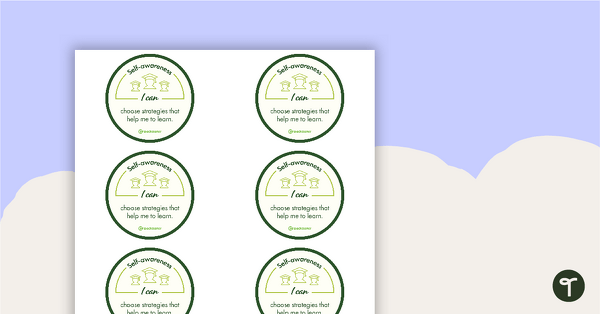
Personal and Social Capability - Self-awareness Badges
A selection of 7 students badges that celebrate student success in the area of self-awareness.
- Plus Plan
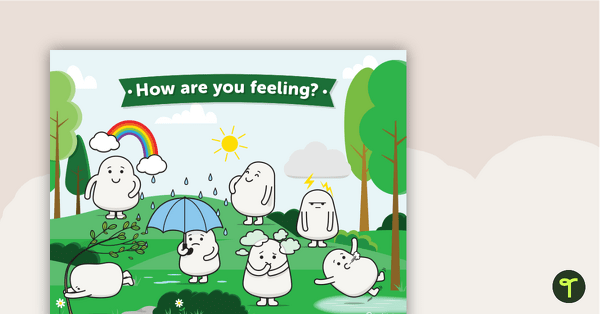
Weather-Themed How Are You Feeling? Poster and Flashcards
A visual resource to help students verbalize how they are feeling.
- Plus Plan
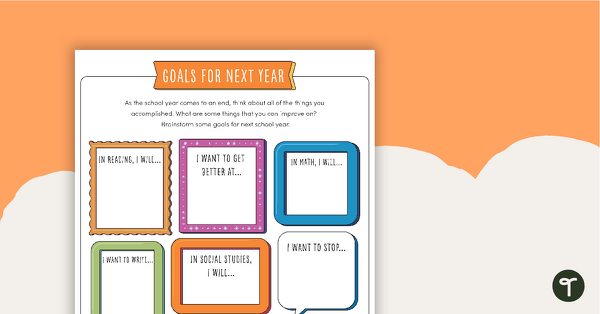
End of Year Goal Setting Sheet
Create goals for the upcoming school year with this student template.
- Plus Plan

There's No Better Day... - Bulletin Board Display
Practice social-emotional skills in the classroom and beyond with this interactive bulletin board display.
- Plus Plan
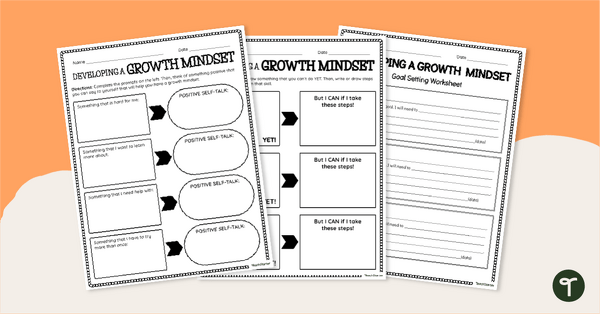
Developing a Growth Mindset Worksheets
Help your students develop a growth mindset and set achievable goals with a printable pack of growth mindset worksheets.
- Plus Plan
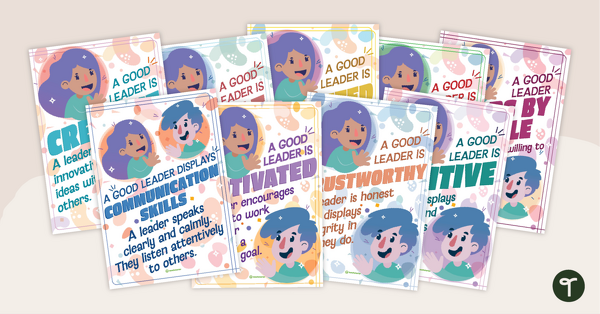
Leadership Qualities - Poster Pack
Explore the qualities embodied by a good leader with this set of 9 posters.
- Plus Plan
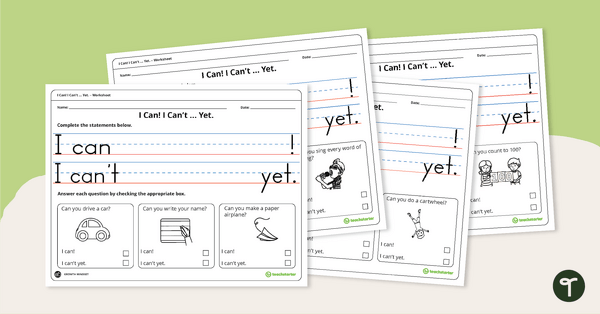
Growth Mindset Worksheets (Grades K-1)
Print these growth mindset worksheets for kindergarten and first grade to learn about I Can and I Can't while practicing handwriting.
- Plus Plan
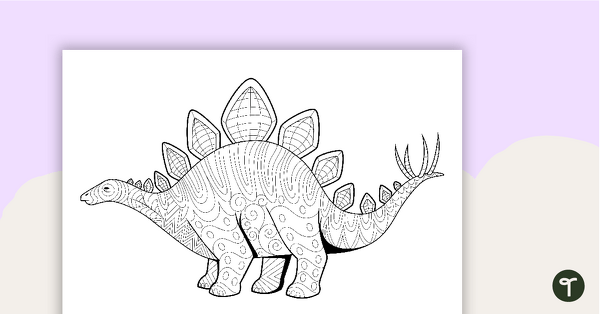
Stegosaurus Mindful Coloring Sheet
A stegosaurus mindful coloring sheet.
- Plus Plan
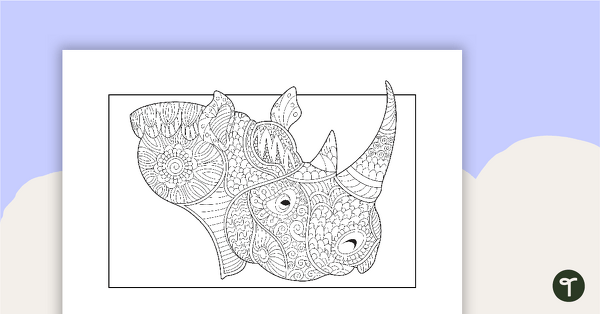
Rhino Mindful Coloring Sheet
A rhino mindful coloring sheet.
- Plus Plan
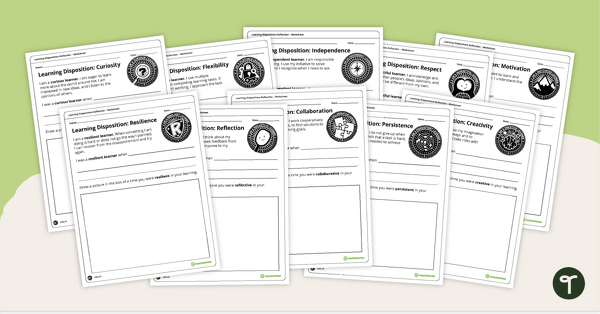
Learning Dispositions Reflection Worksheets – Lower Grades
A set of 10 worksheets to allow students to reflect on their application of various learning dispositions.
- Plus Plan
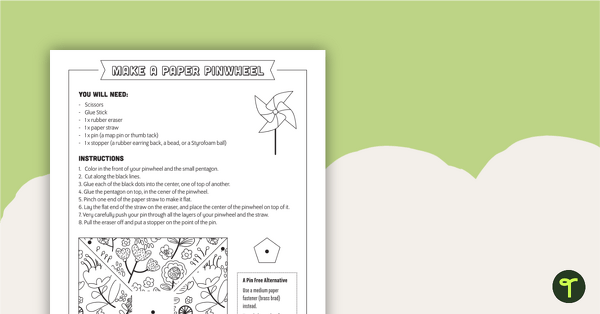
Mindful Coloring and Breathing – Pinwheel Activity
Practice mindfulness through coloring and breathing with this paper pinwheel craft activity.
- Plus Plan
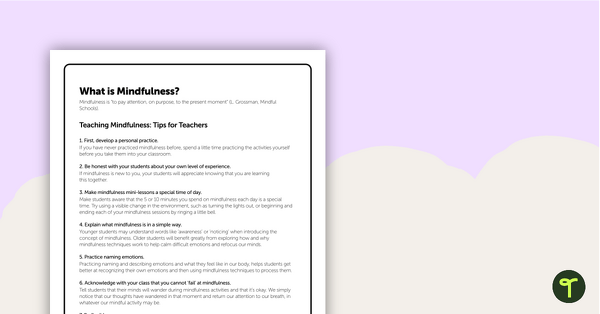
Mindfulness Teacher Information Sheet
New to teaching mindfulness? Read our information sheet with tips on how best to incorporate it into your classroom.
- Plus Plan
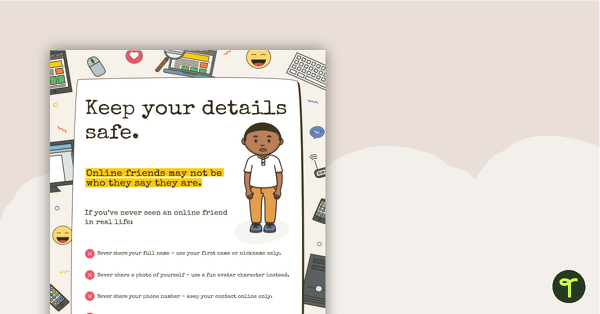
Cybersafety Poster - Keep Your Details Safe
Remind students of appropriate behaviors in a digital environment with this cyber safety poster.
- Plus Plan
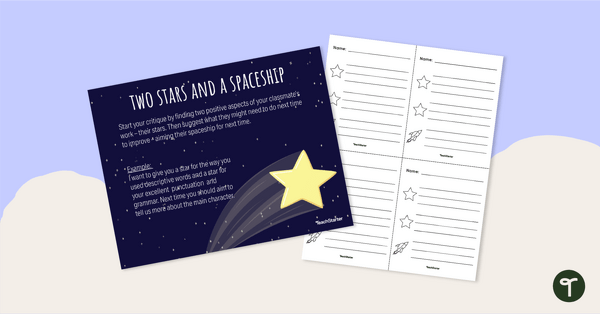
Two Stars and a Spaceship - Feedback Template
Practice giving and receiving feedback with this "Two Stars and a Rocketship" student template.
- Plus Plan
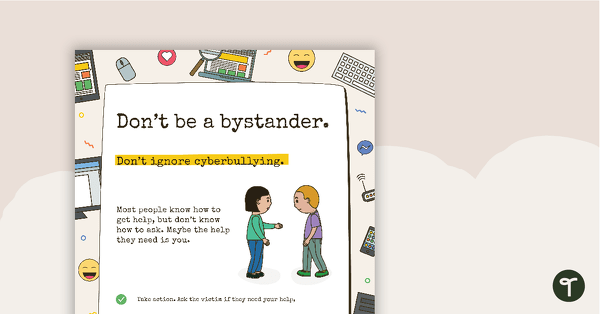
Cyber Safety Poster - Don't Be a Bystander
Help the students understand correct online behavior with this cyber safety poster.
- Plus Plan
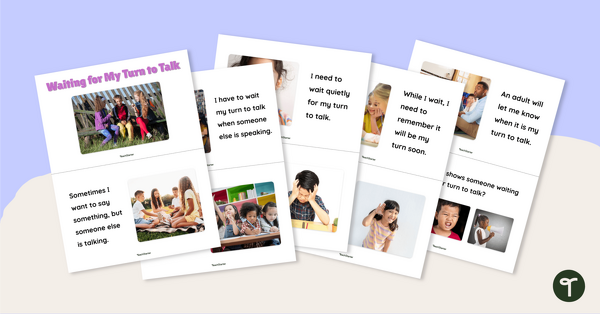
Waiting for My Turn To Talk Mini-Book
Help students develop efficient strategies when waiting for their turn to talk with this social story mini-book.
- Social Emotional Learning Templates
- Social Emotional Learning Posters
- Social Emotional Learning Worksheets
- Social Emotional Learning Games
- Social Emotional Learning for Pre-K
- Social Emotional Learning for Kindergarten
- Social Emotional Learning for 1st Grade
- Social Emotional Learning for 2nd Grade
- Social Emotional Learning for 3rd Grade
- Social Emotional Learning for 4th Grade
- Social Emotional Learning for 5th Grade
- Social Emotional Learning for 6th Grade